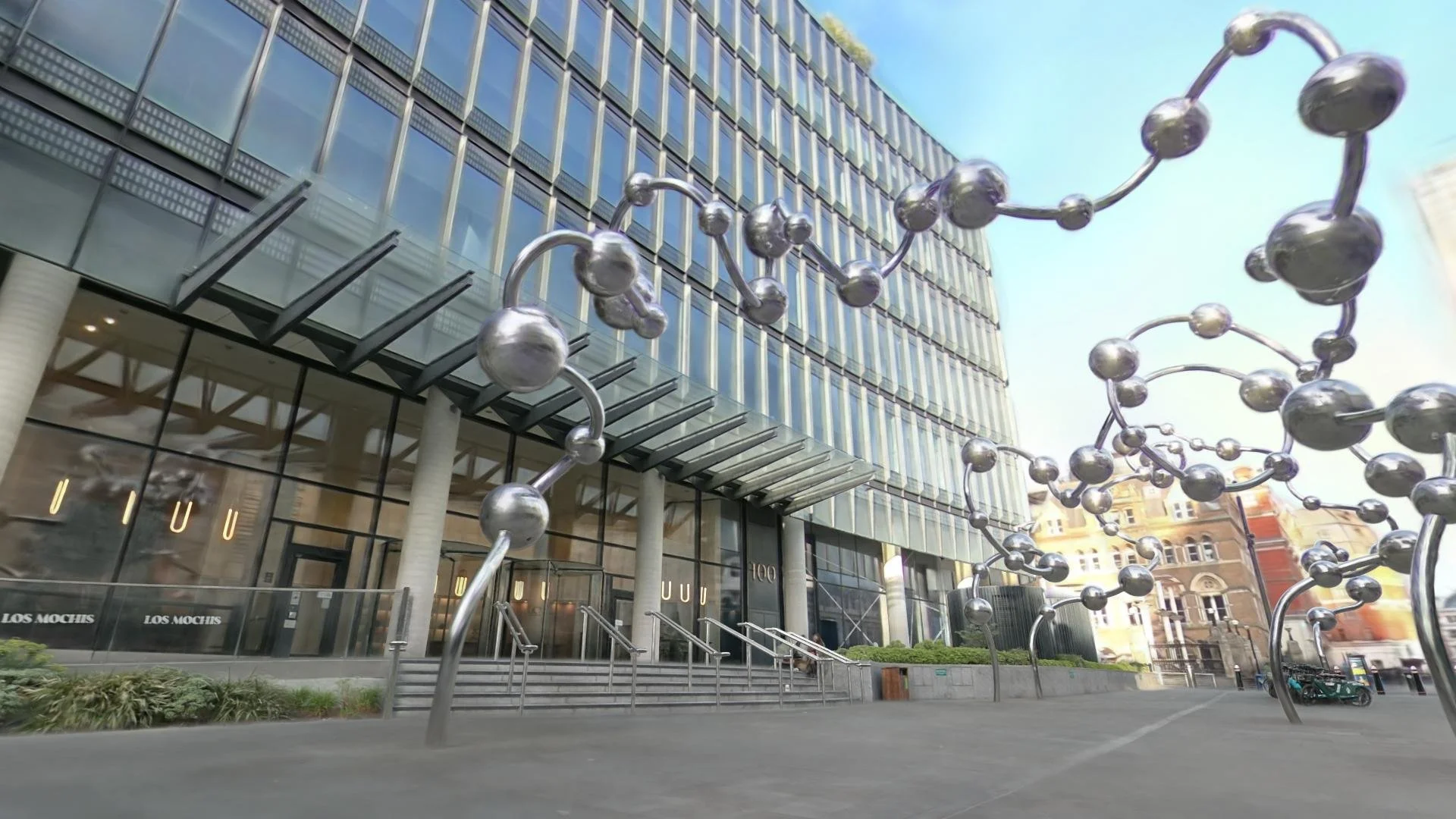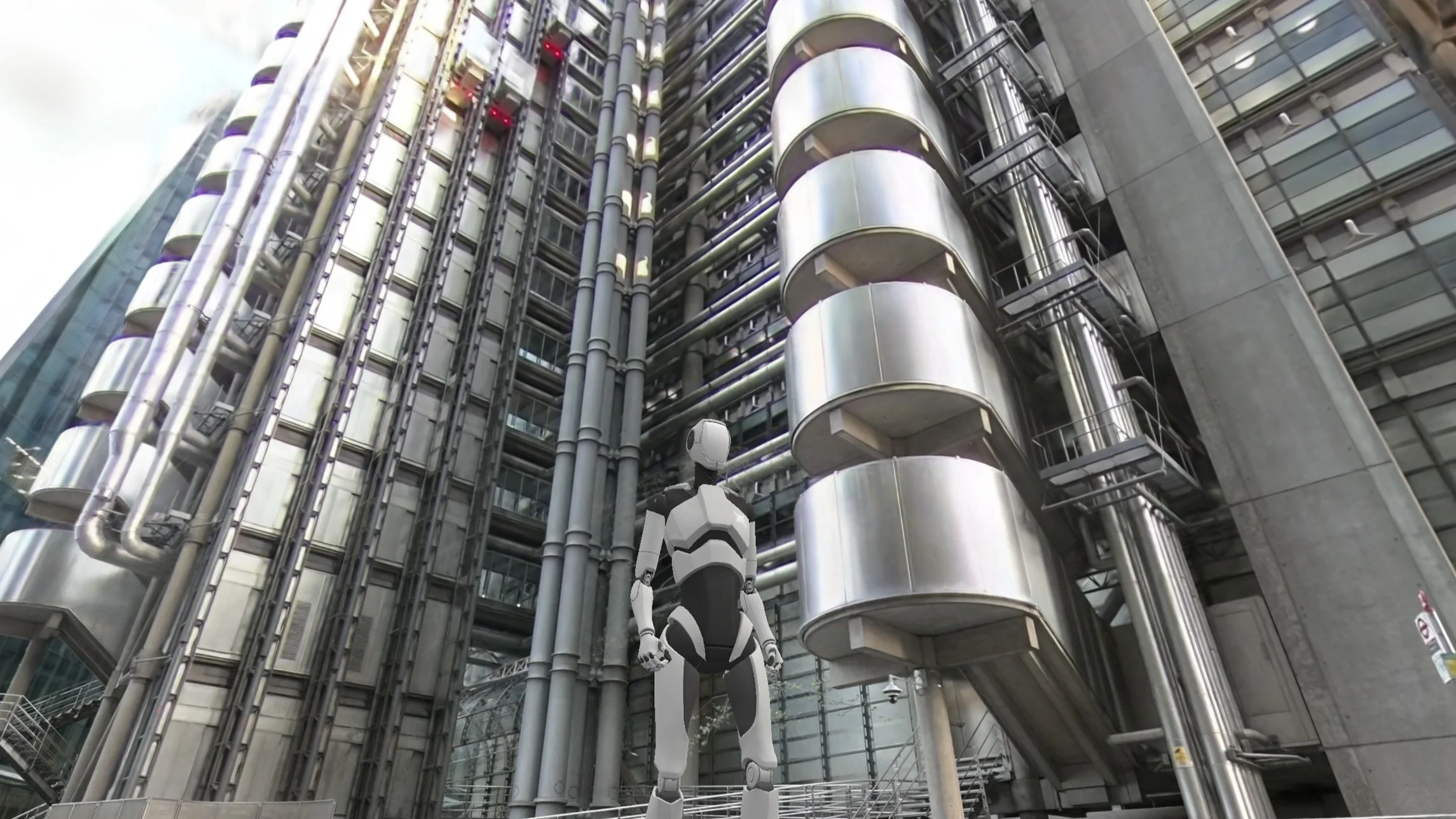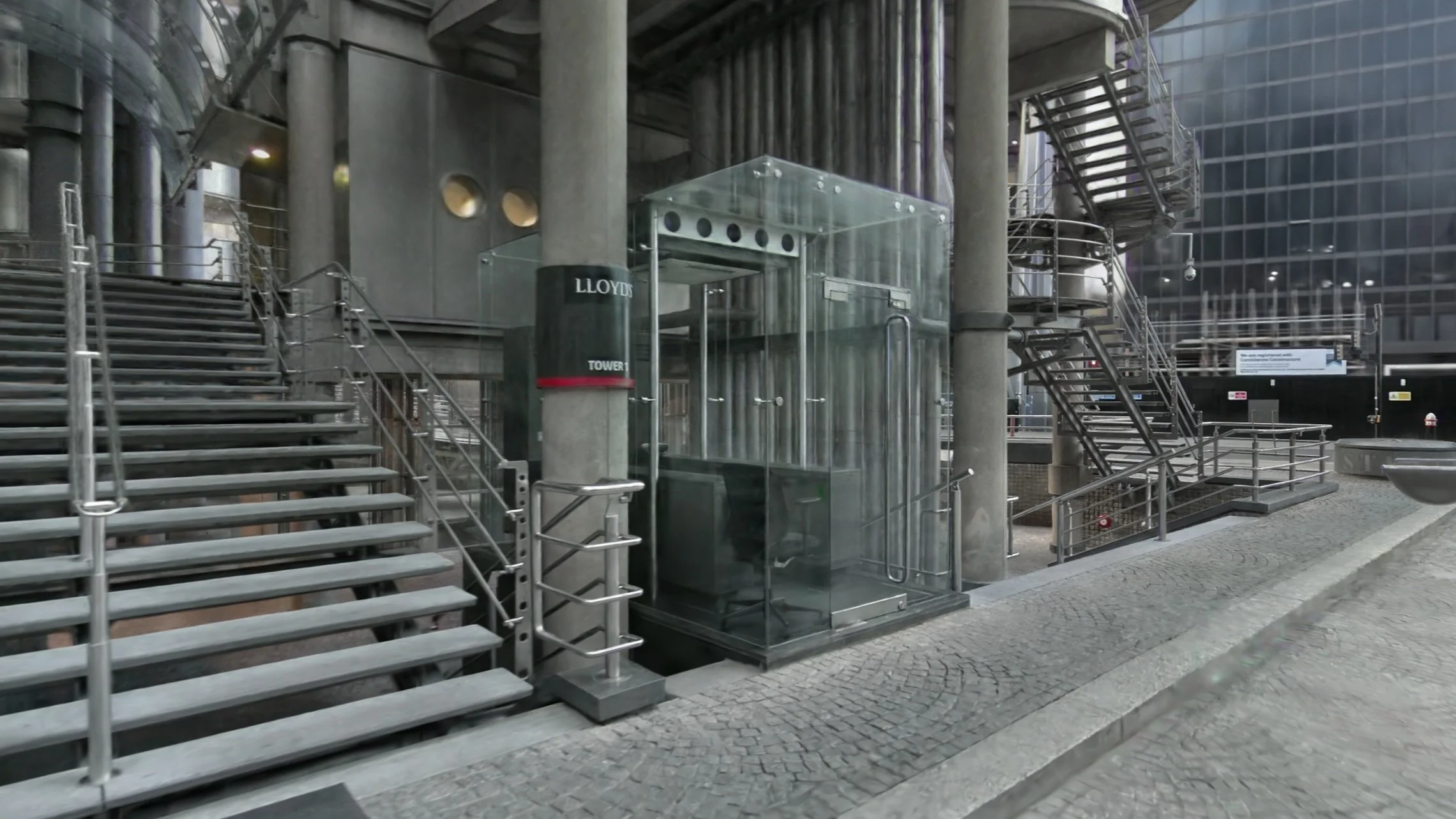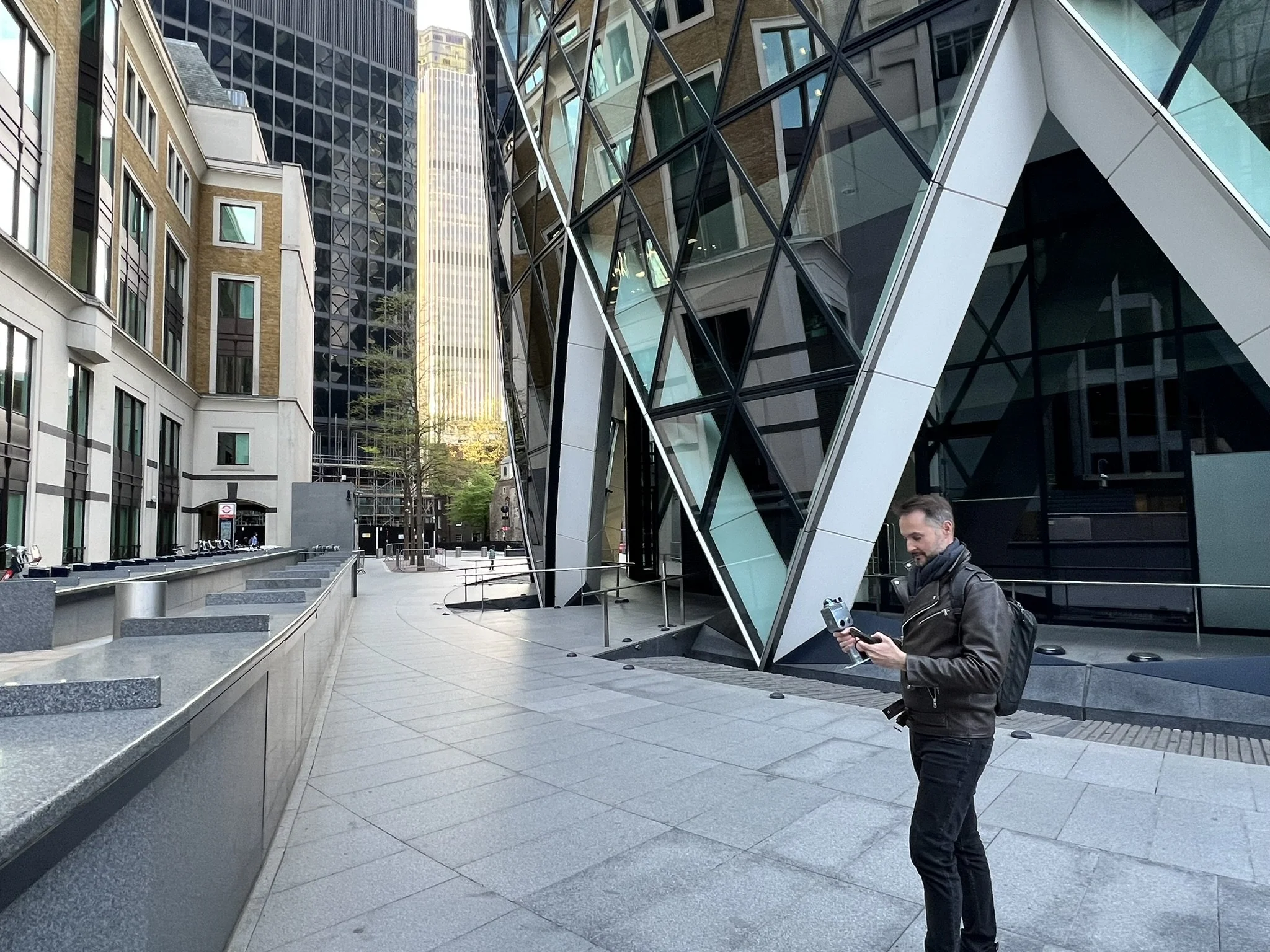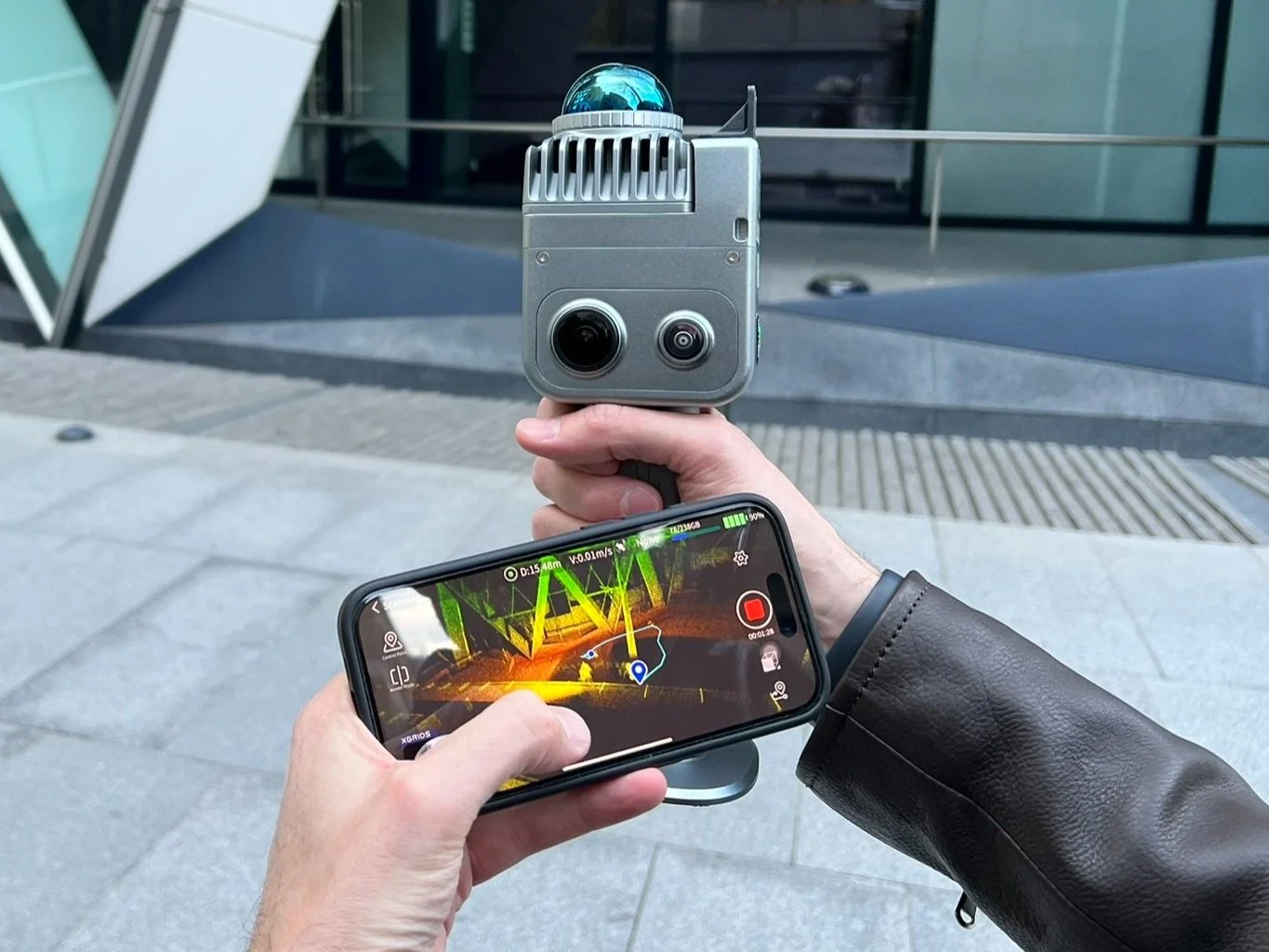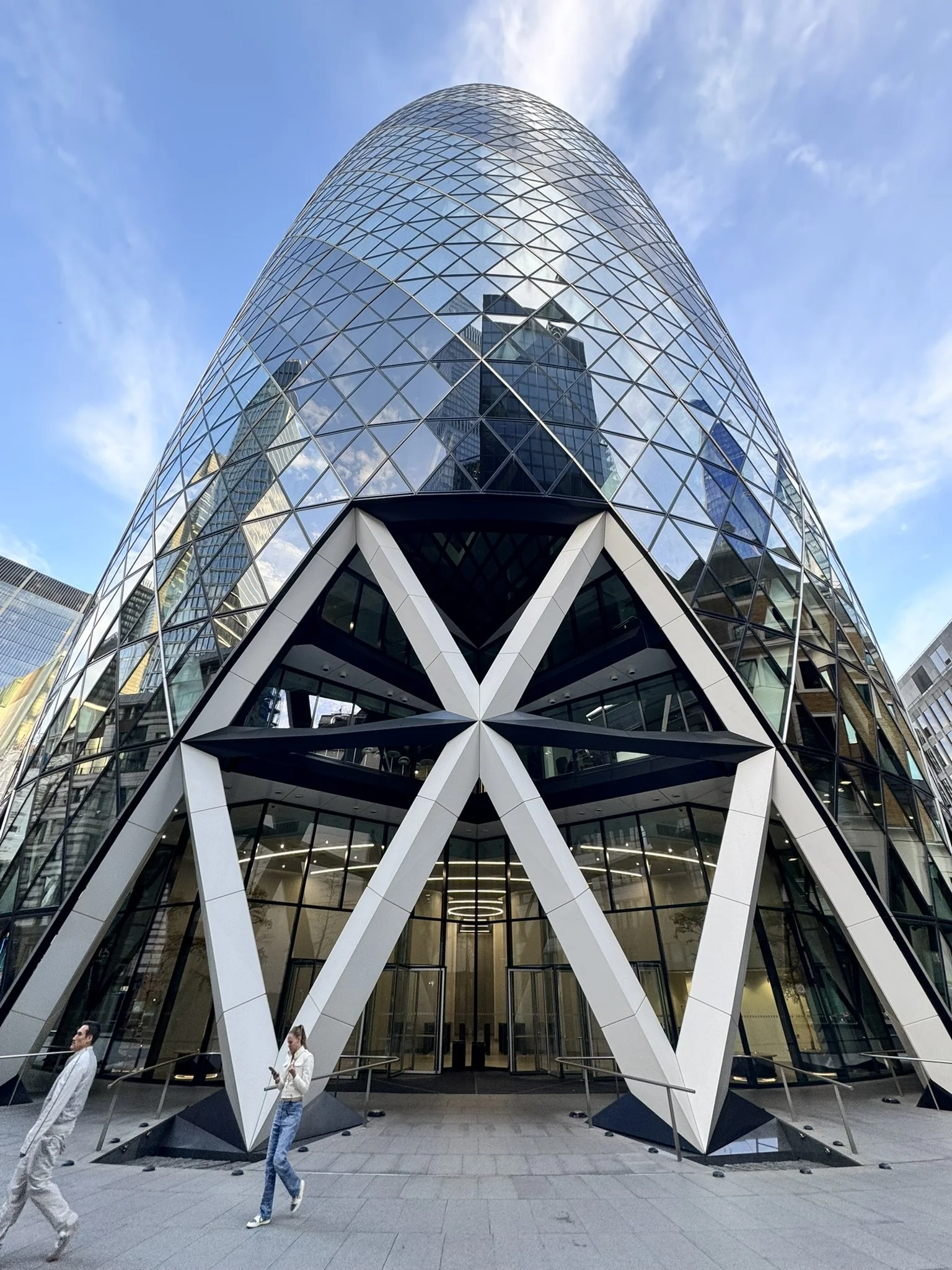
Capturing the textures from the “City of London”
Digitizing the City
Arquiavis is a forward-thinking company specializing in advanced spatial solutions. Among its range of services, Arquiavis offers cutting-edge context capture using Gaussian Splat visualization technology. This innovative method enables the accurate and inmersive representation of any space or location through volumetric capture devices. The video bewlow is a showcase the results of a Gaussian Splatting scan of two iconic structures: the Swiss Re Tower of Norman Foster, Leadenhall building and the Lloyd’s Tower, both from the reknown architect, Richard Rogers, in the heart of the City of London. These visuals are not just renders—they’re the product of advanced 3D Gaussian Splatting (3DGS) technology, offering stunning detail and spatial accuracy.
Glass or metal, we can capture it with 3DGS
To bring this vibrant urban landscape into the digital realm, we employed a groundbreaking method known as Gaussian Splatting — a revolutionary form of context capture celebrated for its ability to render reflections and metallic textures of buildings with lifelike precision. Armed with the handheld XGRIDS Lixel K1 spatial camera, the team completed an unprecedented full-area scan in just a few minutes. The gallery below highlights the remarkable results achieved using our advanced Hyper-Realistic 3D modeling process. Each image represents an actual 3D capture of a real location, demonstrating the exceptional level of realism made possible through 3D Gaussian Splatting technology. After capturing the buildings, the data was imported into Unreal Engine to enhance realism through high-fidelity rendering and smooth animation.
The “City” context data capture process
During Easter 2025 the Arquiavis team set out to capture the architectural essence of the City of London using advanced 3D Gaussian Splatting (3DGS) technology and a LiDAR scanner. This powerful combination allowed us to document buildings with incredible accuracy, even capturing reflective materials like metal and transparent surfaces such as glass. The City of London, at the heart of the financial district, was the perfect setting—rich with modern structures and dynamic textures. By walking through accessible public areas, we scanned these iconic locations, producing stunningly precise visual data that brings urban spaces to life.



